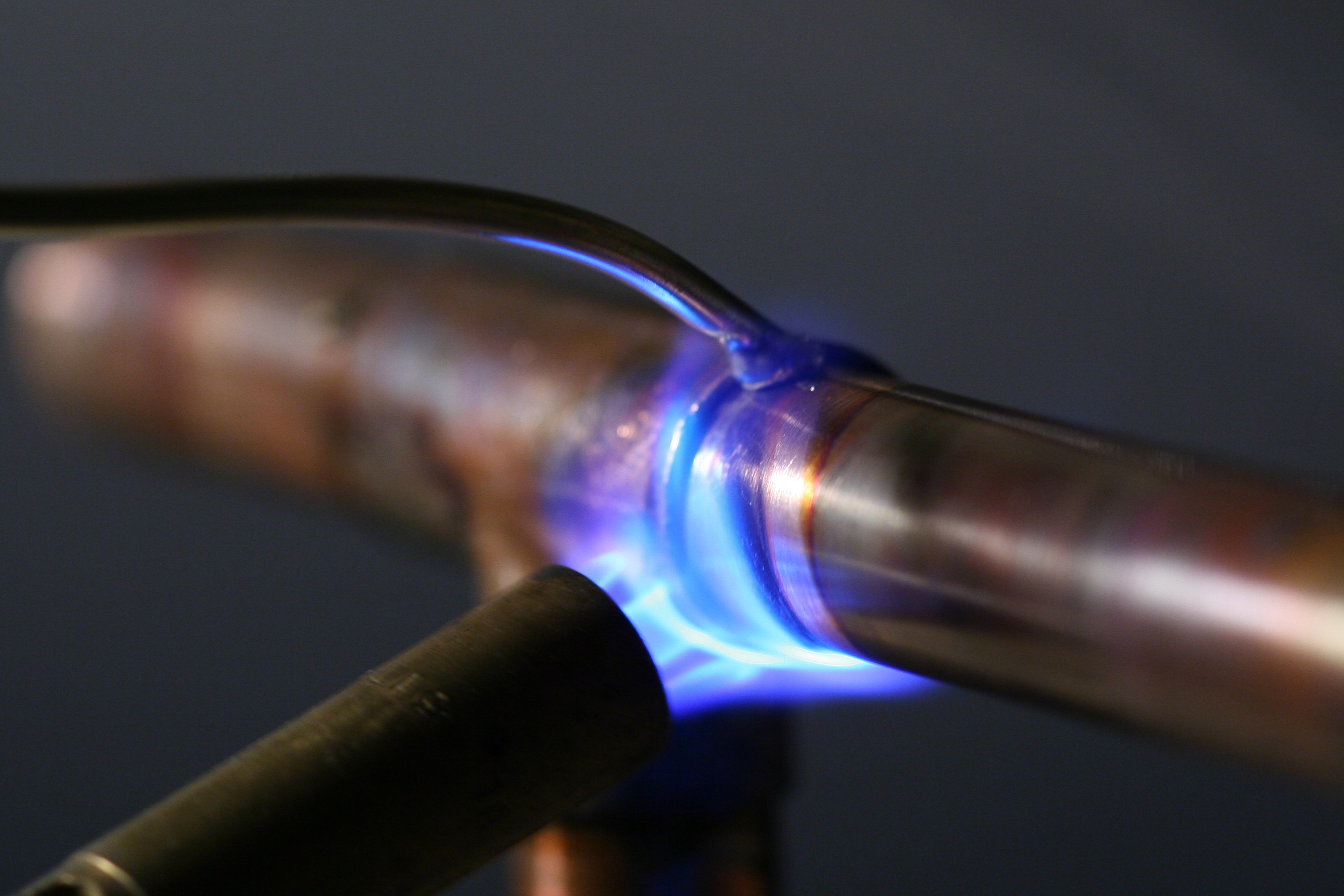
Introduction
Soldering is a fundamental process in electronics assembly, enabling the joining of components and wires on printed circuit boards (PCBs). The choice of solder alloy is crucial, as it determines the quality of the solder joint and the reliability of the electronic device. One key characteristic of solder alloys is their melting point, which influences the soldering process and the temperatures to which electronic components are exposed. In this article, we will explore various solder alloys, their melting points, and their applications, supported by existing technologies and real-world examples.
I. Common Solder Alloys and Their Melting Points
1.1 Tin-Lead (Sn-Pb) Alloys
Historically, the most widely used solder alloy has been the tin-lead (Sn-Pb) alloy. Different ratios of tin and lead result in varying melting points. The eutectic composition, consisting of 63% tin (Sn) and 37% lead (Pb), has a melting point of approximately 183°C (361°F). The eutectic Sn-Pb solder alloy offers excellent wetting properties and a low tendency for solder joint formation defects.
1.2 Lead-Free Solder Alloys
In recent years, environmental concerns and regulations have led to a shift toward lead-free solder alloys. Lead-free solder alloys typically consist of tin, silver (Ag), and copper (Cu) as the primary constituents. The most commonly used lead-free alloy is the tin-silver-copper (Sn-Ag-Cu) alloy. The Sn-Ag-Cu alloy has a melting range around 217-221°C (423-430°F), depending on the specific composition. Other lead-free solder alloys, such as tin-silver (Sn-Ag) and tin-copper (Sn-Cu), have slightly lower melting points but offer different properties and characteristics.
1.3 Real-World Example: SAC305 Alloy
The SAC305 alloy, consisting of 96.5% tin, 3% silver, and 0.5% copper, is a popular lead-free solder alloy widely used in electronic manufacturing. SAC305 has a melting range of approximately 217-220°C (423-428°F). Its melting range ensures reliable solder joints while minimizing thermal stress on the electronic components during the soldering process.
II. Impact of Melting Point on Soldering Process
2.1 Soldering Temperature Considerations
The melting point of the solder alloy directly influences the soldering temperature. Selecting an appropriate soldering temperature is crucial to ensure proper wetting, solder flow, and joint formation without damaging the electronic components.
2.2 Intermetallic Compound Formation
During soldering, the solder alloy interacts with the metal surfaces it comes into contact with, forming intermetallic compounds (IMCs). The formation and growth of IMCs play a crucial role in the reliability and mechanical strength of the solder joint. The choice of solder alloy and the soldering temperature influence the formation and characteristics of IMCs.
2.3 Real-World Example: Soldering Surface-Mount Technology (SMT) Components
Surface-mount technology (SMT) components, widely used in modern electronics, have smaller sizes and more delicate structures. The higher temperatures required for lead-free soldering can potentially pose challenges in soldering SMT components. Proper temperature profiling and optimization are necessary to ensure reliable soldering while minimizing the risk of thermal damage to the components.
III. Applications and Considerations for Different Solder Alloys
3.1 Specific Application Requirements
Different electronic applications have specific requirements that may influence the choice of solder alloy. Factors such as operating temperatures, vibration resistance, thermal cycling performance, and reliability considerations need to be evaluated when selecting the appropriate solder alloy.
3.2 High-Temperature Applications
For high-temperature applications, such as automotive or aerospace electronics, solder alloys with higher melting points may be required. Alloys like tin-silver-bismuth (Sn-Ag-Bi) or tin-silver-antimony (Sn-Ag-Sb) offer higher melting points and improved high-temperature stability.
3.3 Real-World Example: Automotive Electronics
The automotive industry demands solder alloys capable of withstanding high-temperature environments. Solder alloys like the tin-silver-bismuth (Sn-Ag-Bi) alloy, with a melting range above 220°C (428°F), are commonly used in automotive electronics to ensure reliable solder joints and long-term performance.
Conclusion
The choice of solder alloy and its melting point is a critical consideration in electronics assembly. The shift toward lead-free solder alloys has necessitated careful evaluation of the melting points and characteristics of alternative alloys. Understanding the impact of melting points on the soldering process, the formation of intermetallic compounds, and the specific requirements of different applications allows for informed decision-making. Real-world examples, such as the SAC305 alloy in lead-free soldering and the use of high-temperature solder alloys in automotive electronics, highlight the practical implications of selecting the right solder alloy for specific applications. As technology continues to advance, the development of new solder alloys and further optimization of soldering processes will continue to play a vital role in ensuring reliable, high-quality solder joints in electronic manufacturing.















